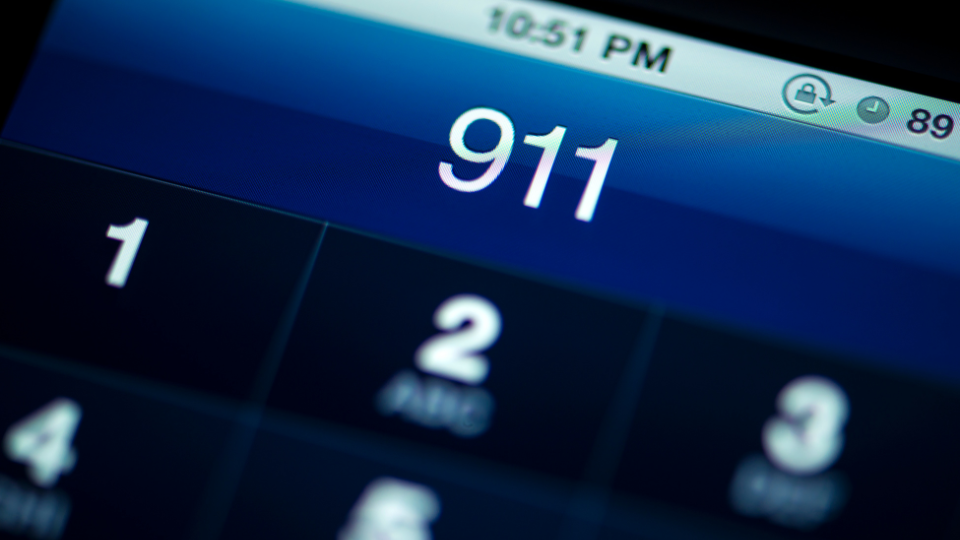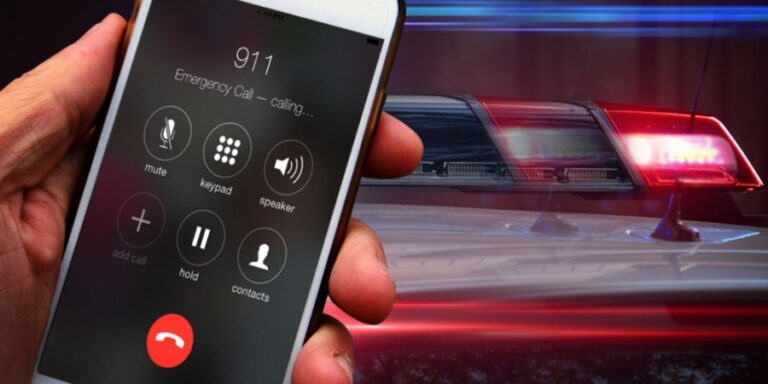When the first 9-1-1 call was placed over 30 years ago, it was heralded as a new frontier connecting those in emergencies with lifesaving resources. However, with the introduction of smartphones, voice-over IP VOIP, and widespread internet usage, 9-1-1 infrastructure is greatly lacking. Next Generation 9-1-1 aims to address these infrastructure issues and set PSAPs up to receive richer data to assist callers better. Read on to learn about NG911.
What is NG911?
Next Generation 9-1-1, or NG911, is an initiative designed to upgrade 9-1-1 infrastructure. The National Emergency Number Association, NENA, first identified the project in 2000. As cell phones and the internet entered into play; they offered a new level of data, insight, and connectivity. However, 9-1-1 systems were built on legacy technology that simply couldn’t keep pace with these new technologies. In recognizing these challenges, NENA created a plan to upgrade the 9-1-1 infrastructure system, including connectivity, media, and training. Today states and counties across the country are rolling out NG911 technologies to bring the state of 9-1-1 into the 21st century.
What’s included in NG911?
NG9-1-1 brings together hardware, software, policies, and data sources by replacing the old 9-1-1 system with one that is internet-protocol or IP based. In doing so, PSAPs can now access a variety of new data sources and offerings, including:
- Incident mapping
- Multimedia (text, photos, voice – all in real-time)
- Upgraded cybersecurity
- GPS location tracking
- Cloud-based call routing and handling
- Geospatial routing
What are the benefits of NG911?
The benefits of NG911 are vast and will give emergency responders better mechanisms for response and assistance. Here are a few of the many benefits of the rollout of NG911:
Improved location accuracy
Using vehicle telematics data, wearable monitors, and cellphone networks, 9-1-1 dispatchers can now receive better location accuracy data to help find and respond to accidents and incidents. By having access to improved location data, first responders will be able to cut down on response times and more rapidly locate those in an emergency.
Multi-agency response
NG911 will allow for call re-routing, text messages, and stronger coordination by first responder teams across different agencies when large-scale emergencies strike.
Increased patient data
Data can flow from NG911 systems into ePCRs and hospital EMRs to create a more informed patient record that can help develop better care plans in an emergency.
Contextual response
Using photos and videos, dispatchers can provide greater details to first response teams entering an emergency situation. For example, a caller may be able to share footage of a hit and run or capture photos of injuries that can be shared in advance of arrival to allow first responders more insight into what they may be facing.
How are transitions taking place?
Transitioning to NG911 requires a complete overhaul of infrastructure and technological systems. The shift will involve strong coordination with public safety teams, local and state leadership, and emergency communication officials. Leaders should develop a strategic plan that includes a vision and framework for achieving goals and covers common focus areas such as communication, technology, funding, training, and planning and policy.
911.gov offers several resources to ensure a smooth and structured transition, including a complete playbook. State and local leaders should also take advantage of NENA’s project updates to stay informed on transition plans.
The future of the 9-1-1 system will allow for better communication, and data sharing between callers, dispatchers, and first responders and give everyone needing emergency resources more vital continuity of care.





